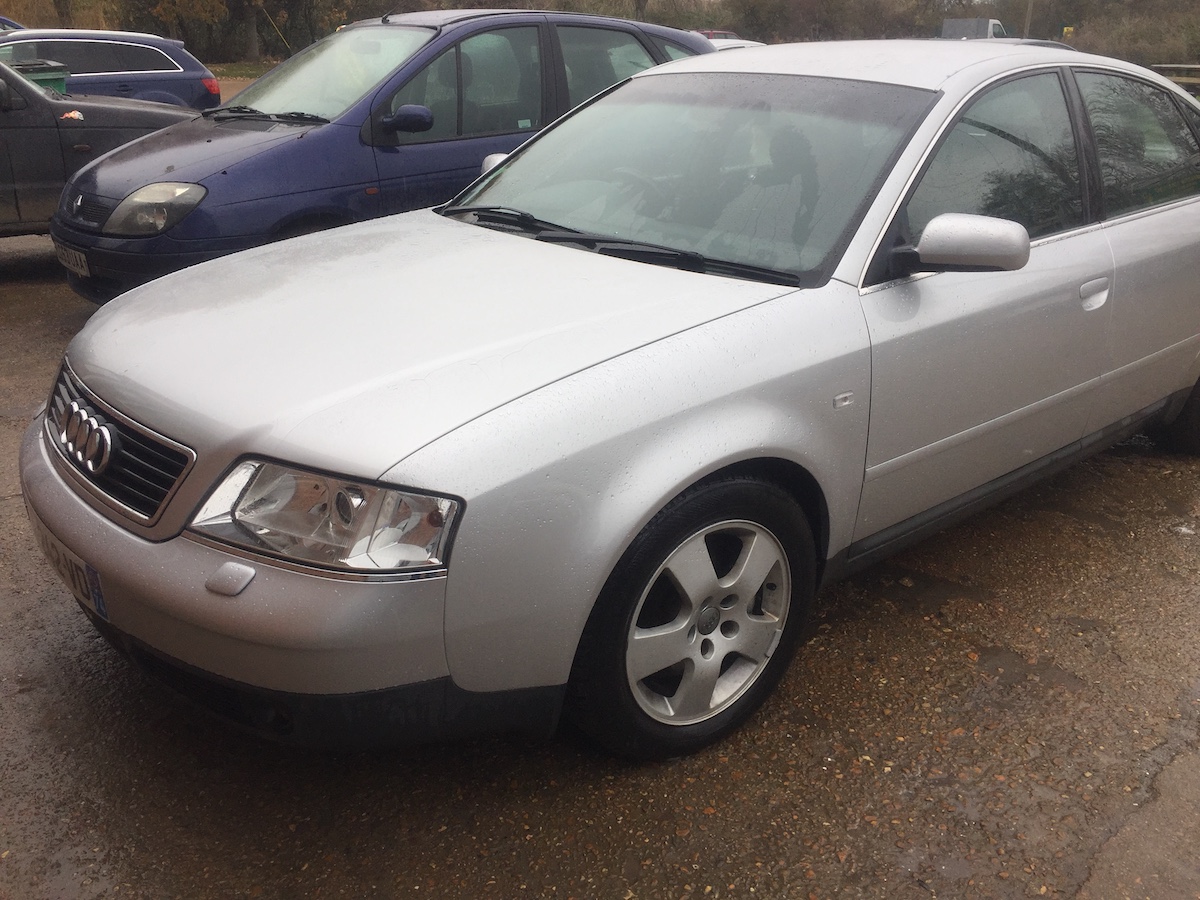
If you can’t afford a brand new vehicle fresh off the assembly line, a used car is the next best option. On average between a million and a half and two million used cars change hands in the UK every quarter.
At the beginning of this year, the average price of a used car was around £13,000 which still represents a sizeable investment. Even if you are looking at models around the £2-5,000 mark, you want to make sure that you are getting a car that is safe to drive on the roads and which doesn’t have too many problems that could cost you later on.
We’ve asked our team at White’s Bodyworks in West Sussex for their tips on buying a used car. Here’s what they think:
The first thing to get in order is your finances. Particularly if you are purchasing from a private seller, you’ll want the money ready to go into their account as soon as possible unless you want to avoid being pipped at the post by another buyer.
If you are buying from a dealership and using financing, work out what you can borrow and how much you can realistically pay over a set period.
The used car market can be a little challenging to understand and doing your research is essential. You may have a particular model in mind so have a look at what used ones are selling for. Also, check out what common problems cars in this line tend to have so you can look out for potential issues when you go to view the vehicle.
The good news is that there are plenty of resources online that you can use. A bit of extra work here can also give you the chance to haggle and bring the price of your car down. It means you develop a certain amount of expertise that can certainly prevent the wool being pulled over your eyes.
You should never buy a car unseen. If you are confident, the first step is to go out and physically check the vehicle over. You may not be an expert but there are several things even a novice can learn to spot.
Things to look for are rust or damage to the bodywork, the tread on the tyres, whether the oil is at the right level, the lights are working and whether the mileage looks consistent for a vehicle of this age and model. A poorly maintained vehicle may mean that there could be underlying issues that will cost you later.
When you take it for a test drive, check that all the lights, brakes (including the handbrake), handling and steering, even the windscreen wipers work effectively.
The AA has a comprehensive checklist for buying a used car which is very useful.
Our big tip here is not to be in a rush to buy. Give yourself some breathing space after viewing the vehicle and try to make your decision based on the facts and not your feelings.
There’s a paper trail with most vehicles and this should be available for you to see. The most important one is the V5C registration document which shows who the current legal owner is. You should also check that the Vehicle Identification Number matches the car. You’ll also want to look at paperwork relating to the last MOT and information about any previous accidents. This should give you an idea of any recurring problems with the car.
Finally, buying a used car can be a hazardous process and you want to get it right. If you think you’ve found a vehicle that you want to purchase, it’s a good idea to get a professional mechanic to give it a thorough look over. Most of us can spot superficial faults but a garage can go a lot deeper and check the car from top to bottom.
Yes, this is an additional cost but it could well save you a lot of money and worry later once you buy the vehicle and get it home.